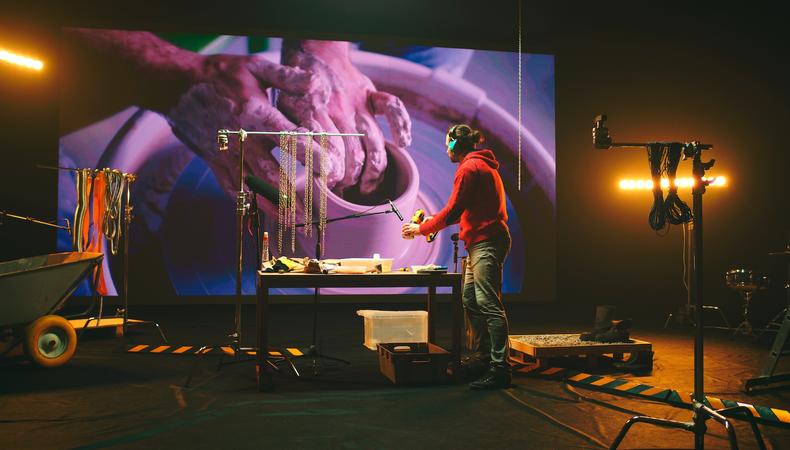“The Art of Game Sound Design Crafting Memorable Audio Experiences”
Game sound design is a fundamental component of creating immersive and memorable gaming experiences. This article explores the art of game sound design, highlighting its crucial role in setting the mood, enhancing gameplay, and evoking emotional responses from players. From creating realistic environments to crafting unique sound effects and composing captivating music, the art of game sound design enriches the player’s audio experience and adds depth to the game world.

Setting the Mood and Atmosphere: We begin by discussing how sound design sets the mood and atmosphere in games. We explore how carefully chosen ambient sounds, background music, and environmental audio elements create a sense of place, whether it’s a bustling city, a serene forest, or a haunting dungeon. Sound design establishes the audio backdrop that immerses players in the game world and enhances their emotional engagement.
Creating Realistic Environments: Realistic environments are crucial for player immersion, and sound design plays a vital role in achieving this. We delve into how sound designers use spatial audio techniques to create realistic and dynamic environments. From accurately representing footsteps and environmental sounds to simulating reverberation and spatial positioning, realistic soundscapes enhance players’ sense of presence within the game world.
Crafting Unique Sound Effects: Unique sound effects add depth and interactivity to the game experience. We explore how sound designers meticulously craft and integrate sounds that represent actions, interactions, and events in the game. From the swoosh of a sword to the hum of a spaceship’s engine, distinctive sound effects help players connect with the game mechanics, characters, and objects, enriching their overall gameplay experience.
Enhancing Gameplay and Feedback: Sound design serves as an essential tool for enhancing gameplay and providing feedback to players. We discuss how sound cues, such as alert sounds, confirmations, and notifications, offer vital feedback to players, guiding their actions and informing their decision-making. Effective sound design empowers players with audio cues that inform them of important events, achievements, or hazards, enhancing their overall engagement and gameplay performance.
Musical Composition and Emotional Impact: Musical composition plays a significant role in game sound design, evoking emotions and creating memorable moments. We explore how composers work closely with sound designers to create music that complements the game’s narrative, gameplay, and emotional beats. From epic orchestral scores to ambient melodies, the right music enhances storytelling, heightens tension, and immerses players in the game’s emotional journey.
Dynamic Soundscapes and Adaptive Audio: Dynamic soundscapes and adaptive audio systems contribute to the immersive and interactive nature of games. We delve into how sound designers implement dynamic audio elements that respond to player actions, environmental changes, and narrative events. Adaptive audio systems ensure that the sound design seamlessly adapts and evolves in real-time, enhancing player agency and reinforcing the immersive nature of the game.
Collaboration and Iteration: Sound design is a collaborative process that involves close collaboration with developers, artists, and designers. We discuss how sound designers work iteratively, refining and adjusting the audio elements based on feedback and playtesting. Collaboration and iteration allow for a seamless integration of sound design with other aspects of game development, ensuring a cohesive and immersive player experience.
Technical Considerations and Platforms: We explore the technical considerations and platform-specific optimizations in game sound design. From audio compression techniques to platform-specific audio capabilities, sound designers adapt their craft to ensure optimal audio quality and performance across different gaming platforms, including consoles, PC, and mobile devices.
The art of game sound design is a powerful and intricate discipline that brings games to life. Through setting the mood, creating realistic environments, crafting unique sound effects, enhancing gameplay, and evoking emotional responses, sound designers play a vital role in creating memorable audio experiences. By seamlessly integrating audio elements into the fabric of the game, sound designers contribute to the overall immersion and engagement of players, elevating games from visual experiences to truly multi-sensory journeys.